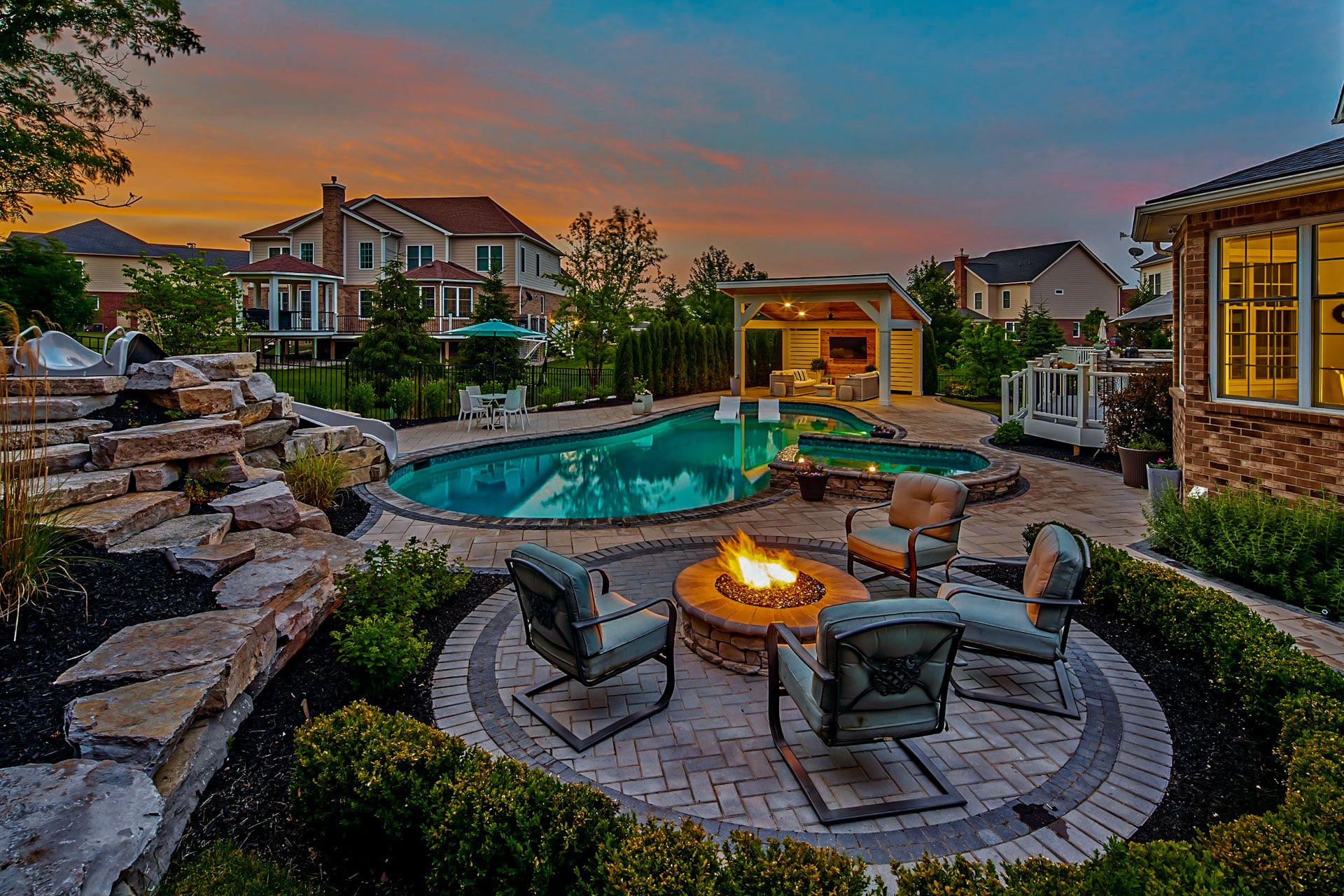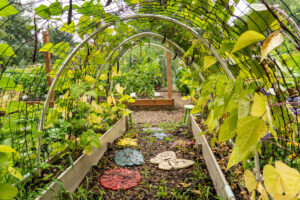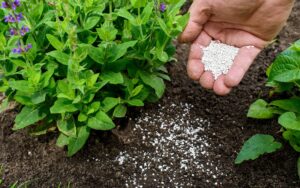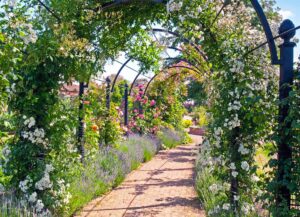8 Types of Landscaping
Landscaping is a creative and functional way to enhance the outdoor spaces of homes and commercial properties. With numerous landscaping themes to choose from, each style offers unique features that cater to specific preferences, climates, and property layouts. Here, we explore eight popular landscaping types, offering detailed insights into their benefits and how they can transform any landscape.
1. Butterfly Gardening
Butterfly gardening focuses on attracting butterflies and other pollinators like bees, enhancing the natural beauty of a garden while supporting the ecosystem. The primary goal is to create a habitat that appeals to butterflies by planting nectar-rich flowers, shrubs, and trees that provide shelter, food, and places for butterflies to lay their eggs.
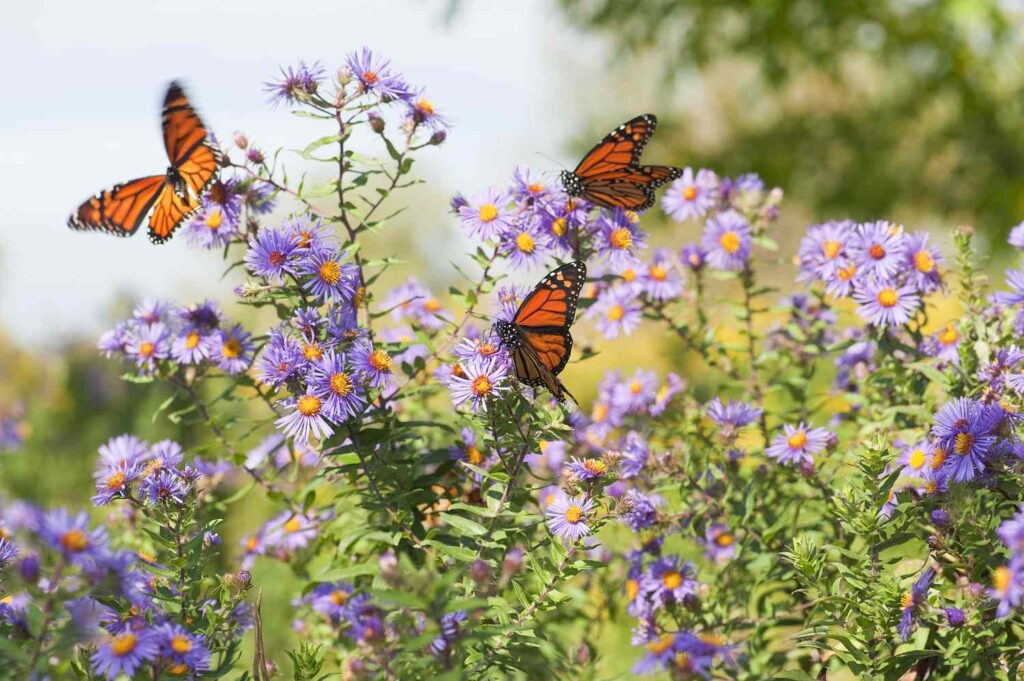
Key Features:
- Flower Selection: Commonly includes plants like milkweed, lavender, coneflowers, and marigolds that are high in nectar and colorful enough to attract butterflies.
- Host Plants: Certain plants, like parsley and fennel, act as host plants where butterflies can lay their eggs and provide food for their caterpillars.
- Water Source: Shallow water sources like small birdbaths or saucers filled with water and stones help keep butterflies hydrated without the risk of drowning.
- Shelter: Adding tall grasses or shrubs offers protection from predators and harsh weather conditions.
Benefits:
- Supports Ecosystems: Butterfly gardens promote biodiversity by attracting not only butterflies but also other pollinators like bees and birds.
- Aesthetic Appeal: The vibrant colors of butterfly-friendly plants and the fluttering of butterflies add visual interest and charm to the garden.
- Educational Value: Butterfly gardens provide learning opportunities about ecology and the life cycles of butterflies, especially for children.
Creating a butterfly garden requires careful plant selection and maintenance, but the reward is a flourishing outdoor space filled with delicate flying creatures that bring life to any garden.
2. English Garden Style
The English garden style, also known as the cottage garden, is characterized by an informal, yet organized planting scheme that incorporates a wide variety of shrubs, perennials, and trees. This landscape style exudes charm and tranquility, with pathways, borders, and plants filling every available space.
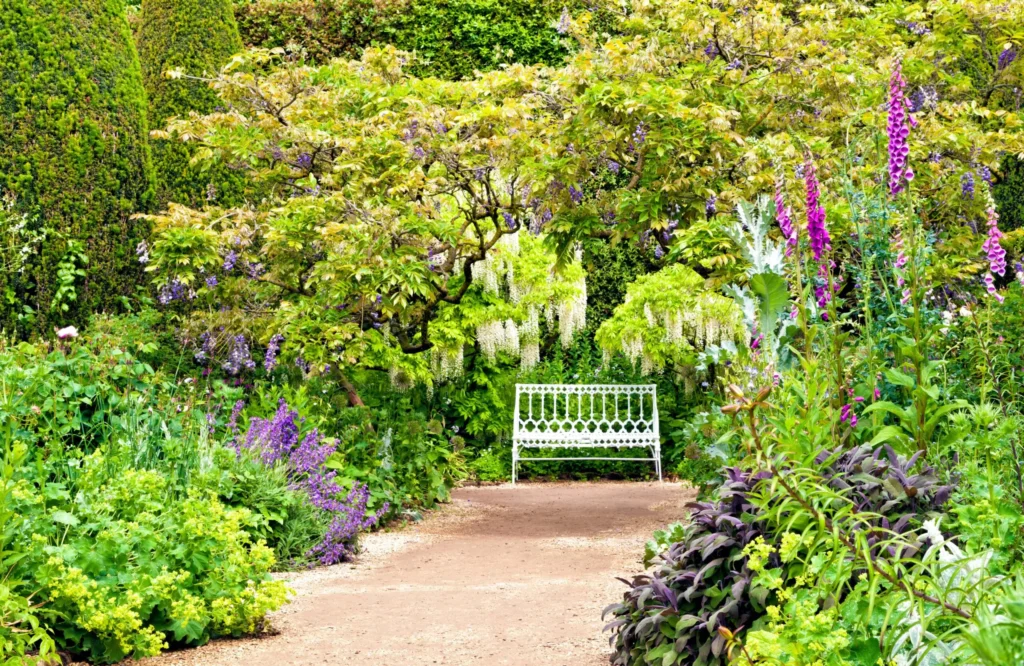
Key Features:
- Shrubs and Perennials: The use of flowering perennials like roses, lavender, and daisies paired with structured shrubs creates a balanced yet lush environment.
- Meandering Paths: Gravel or stone paths that wind through flower beds enhance the whimsical and welcoming nature of this garden style.
- Garden Focal Points: Decorative features like wrought iron fences, birdbaths, and benches act as charming focal points.
- Natural Look: While the garden appears informal, there is a deliberate structure in the planting and spacing of the shrubs and flowers.
Benefits:
- Timeless Aesthetic: The English garden style is renowned for its classic appeal, making it suitable for both traditional and modern homes.
- Attracts Wildlife: The abundance of flowering plants and shrubs creates a haven for birds, bees, and butterflies.
- Low Maintenance: Perennials come back year after year, requiring minimal replanting and reducing long-term upkeep.
An English garden is a beautiful and timeless option for those looking to create a serene, romantic, and wildlife-friendly space.
3. Oriental Landscape
The Oriental or Asian landscape style incorporates elements of simplicity, balance, and nature. Drawing inspiration from Japanese and Chinese gardens, Oriental landscapes use water, rocks, and evergreens to evoke tranquility and harmony.
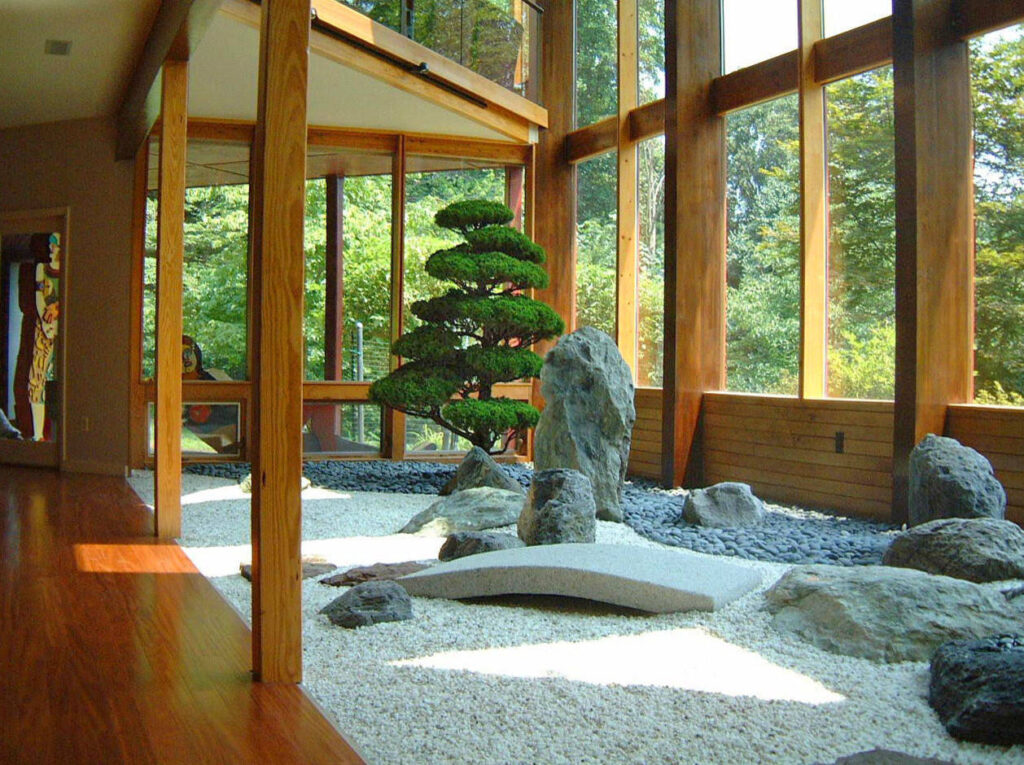
Key Features:
- Water Elements: Ponds, fountains, and small waterfalls are integral to creating a sense of calm and reflection. Koi ponds are particularly popular in Oriental landscapes.
- Rocks and Gravel: Carefully placed rocks, sand, and gravel paths represent stability and are often used to mimic natural landscapes, such as mountains or flowing rivers.
- Evergreens and Bonsai: Trees like bamboo, pine, and bonsai trees are commonly used for their simplicity, structure, and evergreen foliage.
- Minimalism: The design is clean and uncluttered, focusing on natural elements rather than an abundance of flowers or ornamentation.
Benefits:
- Serenity: The minimalist design and use of water elements make Oriental landscapes ideal for meditation and relaxation.
- Low Maintenance: The emphasis on evergreens and stone means fewer plants to care for and less pruning or watering.
- Year-Round Appeal: The use of evergreen trees ensures that the garden remains attractive throughout the year, even in colder months.
Oriental landscapes offer a peaceful retreat from the chaos of daily life, blending nature’s elements into a soothing outdoor sanctuary.
4. Woodland Landscape
A woodland landscape is designed to mimic a natural forest, making it ideal for properties surrounded by or close to wooded areas. This low-maintenance landscape style emphasizes native plants and organic layouts to create an environment that requires little human intervention.
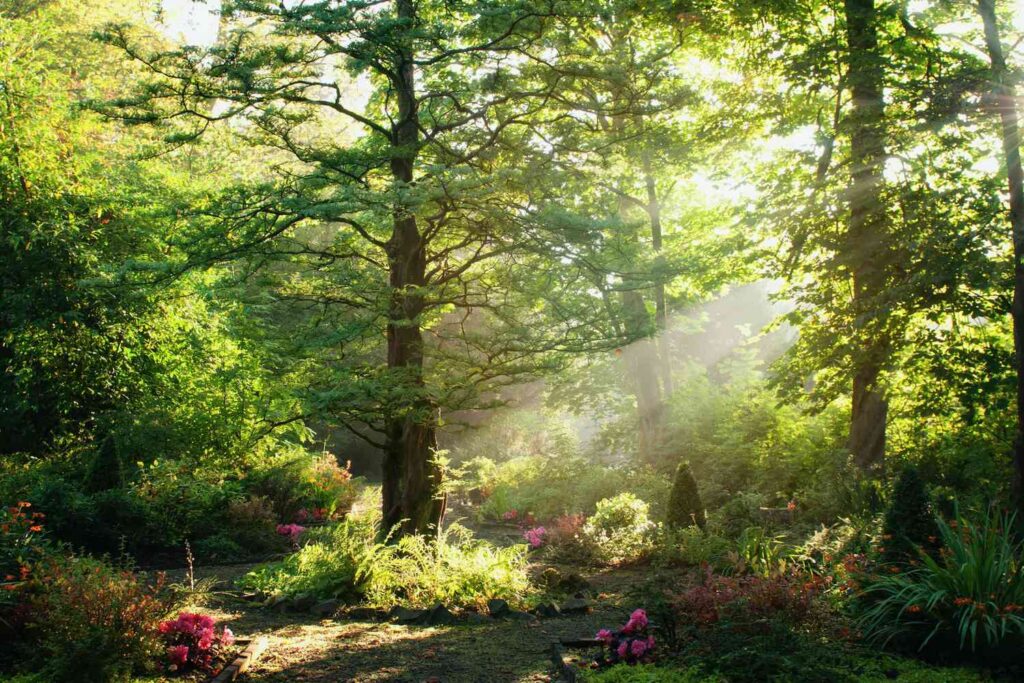
Key Features:
- Native Trees and Plants: Oak, maple, and birch trees, along with ferns and wildflowers, are commonly used in woodland landscapes to create a natural, layered look.
- Shaded Pathways: Gravel or mulch paths wind through the trees, offering shaded walks and a connection with nature.
- Natural Mulch: Organic mulches like leaf litter, pine needles, or wood chips blend seamlessly with the environment and help retain moisture.
- Wildlife Habitat: Birdhouses, logs, and brush piles provide shelter for local wildlife, creating a biodiverse space.
Benefits:
- Low Maintenance: Native plants adapted to local conditions require little watering, fertilization, or care.
- Natural Beauty: A woodland landscape looks like an extension of the surrounding forest, creating a peaceful and cohesive outdoor space.
- Supports Wildlife: Native plants and natural habitats attract birds, squirrels, and other wildlife, turning your garden into a mini-ecosystem.
For those who prefer a natural and hands-off approach to landscaping, a woodland landscape offers a beautiful, eco-friendly solution.
5. Formal Landscape
Formal landscaping is all about symmetry, structure, and organization. It often features geometric shapes, clean lines, and manicured plants, creating a refined and elegant outdoor space.
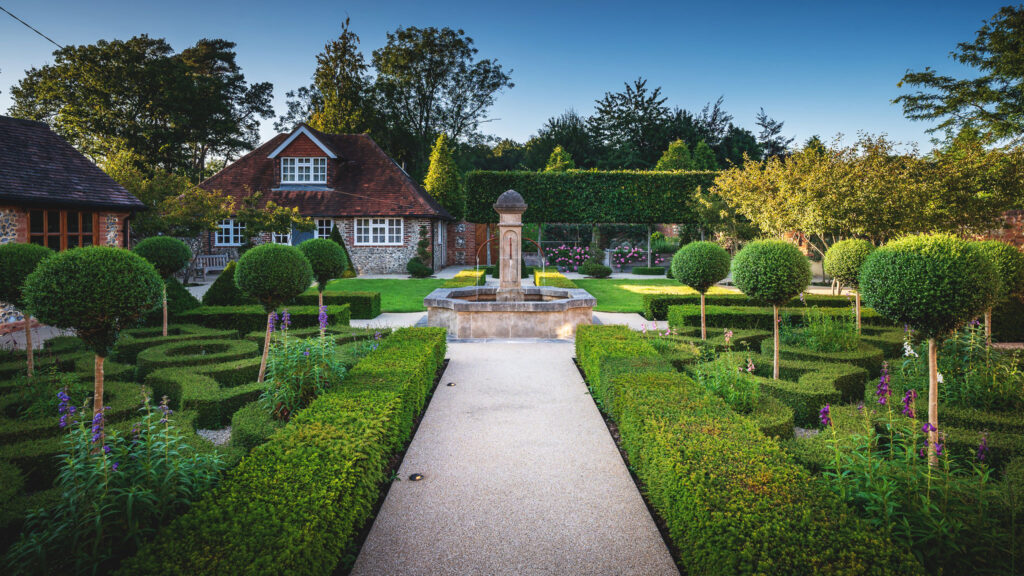
Key Features:
- Symmetry and Balance: Formal landscapes are designed with symmetry in mind, often mirroring plants, trees, and garden features on both sides of a central axis.
- Manicured Hedges: Hedges are often trimmed into precise shapes, creating clean lines and defined spaces.
- Geometric Shapes: Walkways, flower beds, and lawns are often laid out in squares, rectangles, or circles, adding to the formal appearance.
- Fountains and Statues: Ornamental features like fountains, statues, or topiaries are commonly used as focal points.
Benefits:
- Sophisticated Look: The structured design of formal landscapes makes them suitable for estates, government buildings, and upscale properties.
- Easy to Maintain: Once the structure is in place, maintaining a formal garden is relatively easy, with regular trimming and pruning.
- Increased Property Value: The elegant and stately appearance of a formal garden can significantly enhance curb appeal and property value.
Formal landscapes are perfect for those who value precision and want a landscape that exudes sophistication.
6. Informal Landscape
Informal landscaping is the opposite of formal landscaping, with a focus on creating a natural, flowing layout that mimics the randomness of nature. This style is ideal for homes with a relaxed, casual aesthetic.
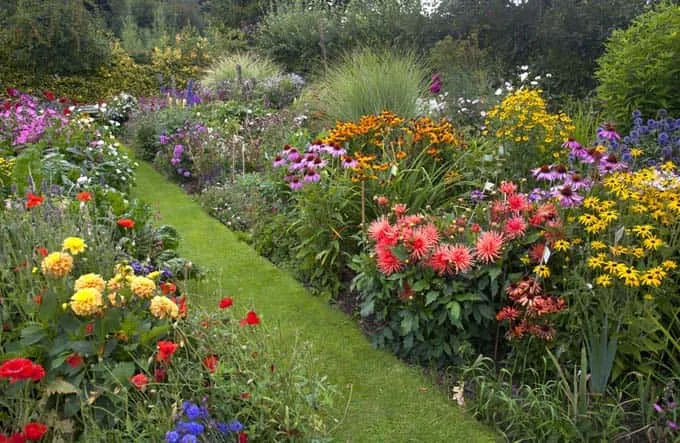
Key Features:
- Curved Lines: Unlike the geometric shapes in formal gardens, informal landscapes feature curved paths, flower beds, and naturalistic plant groupings.
- Native Plants: The use of native plants ensures that the garden blends into the local environment and requires minimal care.
- Mixed Planting: Trees, shrubs, and flowers are planted in seemingly random groupings, rather than organized rows.
- Casual Features: Informal landscapes often include rustic elements like wooden fences, benches, and natural stone borders.
Benefits:
- Relaxed Atmosphere: The informal layout creates a laid-back and welcoming outdoor space.
- Low Maintenance: Because the design mimics nature, the garden requires little pruning, watering, or care.
- Blends with Nature: Informal landscapes look like an extension of the surrounding environment, making them perfect for homes in rural or natural settings.
If you want a garden that feels relaxed and natural, an informal landscape may be the perfect choice.
7. Xeriscape Gardens
Xeriscaping is a water-efficient landscaping style that uses drought-tolerant plants and innovative design to reduce water consumption. This style is especially popular in arid regions like the Southwest but can be adapted to any climate.
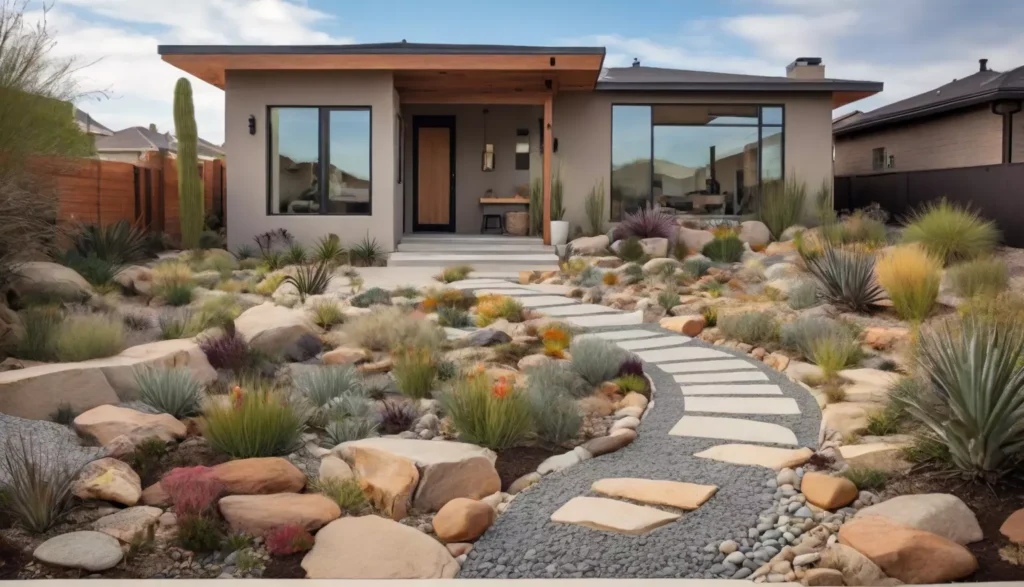
Key Features:
- Drought-Tolerant Plants: Succulents, cacti, and native grasses that thrive with little water are key components of xeriscape gardens.
- Mulch and Gravel: Mulch and gravel are used to cover the soil, reducing evaporation and keeping the plants hydrated for longer periods.
- Efficient Irrigation: Drip irrigation systems are commonly used to provide water directly to the roots, minimizing waste.
- Minimal Lawn: Xeriscape gardens typically feature little to no grass, replacing it with hardscapes or ground cover plants that require less water.
Benefits:
- Water Conservation: Xeriscaping significantly reduces water usage, making it an environmentally friendly choice.
- Low Maintenance: Once established, xeriscape gardens require minimal care, as the plants are adapted to thrive with little water.
- Cost-Effective: Xeriscaping reduces water bills and the need for expensive lawn care products.
7. Xeriscape Gardens
Xeriscape gardens are designed to conserve water and thrive in arid or drought-prone environments. They utilize plants that require minimal water and reduce reliance on irrigation, making them ideal for areas with water restrictions or those seeking sustainable landscaping solutions.
Key Features:
- Drought-Tolerant Plants: These include succulents, cacti, and native grasses that thrive in dry conditions.
- Gravel and Mulch: Used to cover soil, retaining moisture and reducing evaporation.
- Minimal Lawn: Grass is replaced with hardscapes, ground covers, or drought-resistant plants to minimize water usage.
Benefits:
- Water Conservation: By using drought-resistant plants and minimizing grass areas, xeriscaping dramatically reduces water consumption, especially in arid climates.
- Low Maintenance: Once established, xeriscape gardens require little watering, weeding, or mowing, reducing overall maintenance costs and labor.
- Saves Money: Xeriscaping reduces water bills and the cost of lawn care products, making it a cost-effective landscaping option.
This type of landscaping is particularly popular in the Southwestern United States but is adaptable to a wide range of climates, providing both environmental and financial benefits.
8. Organic Gardens
Organic gardening emphasizes the use of natural processes and chemical-free practices to create a healthy, sustainable garden. This style of landscaping focuses on improving soil health, using natural fertilizers, and avoiding synthetic pesticides or herbicides.
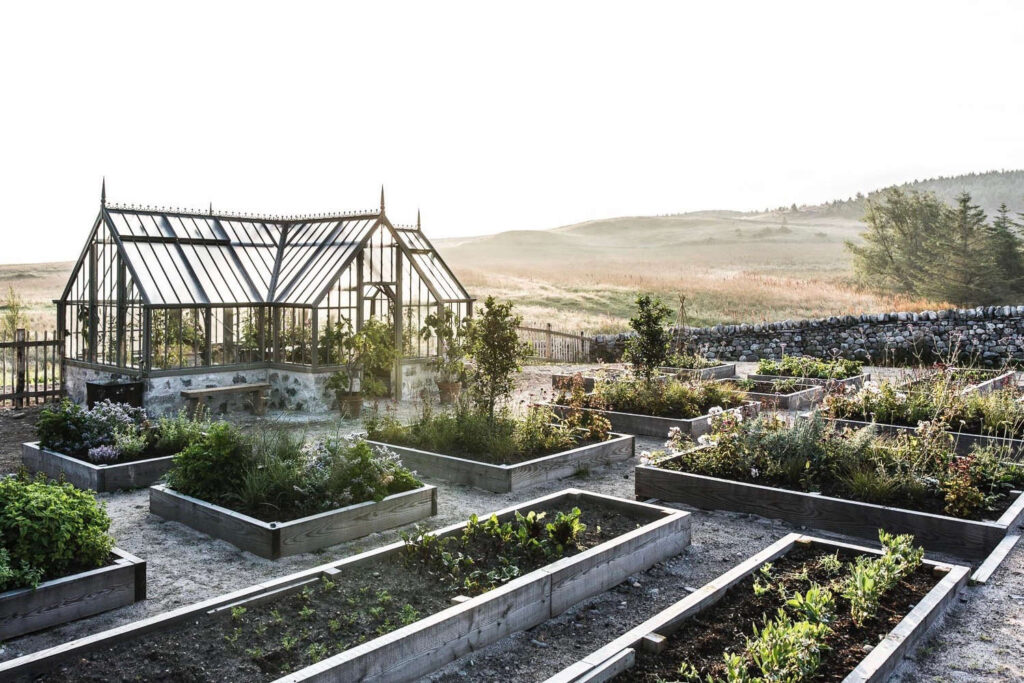
Key Features:
- Chemical-Free Practices: Organic gardening avoids synthetic chemicals, relying on compost, mulch, and natural pest control methods.
- Soil Health: Organic gardeners prioritize improving soil through composting, crop rotation, and adding organic matter like leaves or grass clippings.
- Diversity of Plants: Organic gardens often include a mix of fruits, vegetables, herbs, flowers, and shrubs to encourage biodiversity and healthy ecosystems.
- Natural Pest Control: Beneficial insects, companion planting, and physical barriers are used to manage pests without chemicals.
Benefits:
- Healthier Produce: Growing fruits and vegetables without chemicals ensures that your food is free from harmful substances.
- Environmentally Friendly: Organic gardens reduce the use of harmful chemicals, which can leach into water supplies or harm wildlife.
- Soil Longevity: Organic practices improve soil health over time, leading to richer, more productive earth.
Organic gardening is perfect for homeowners who want to grow their food sustainably and support a healthier environment by avoiding synthetic chemicals in their landscaping.
